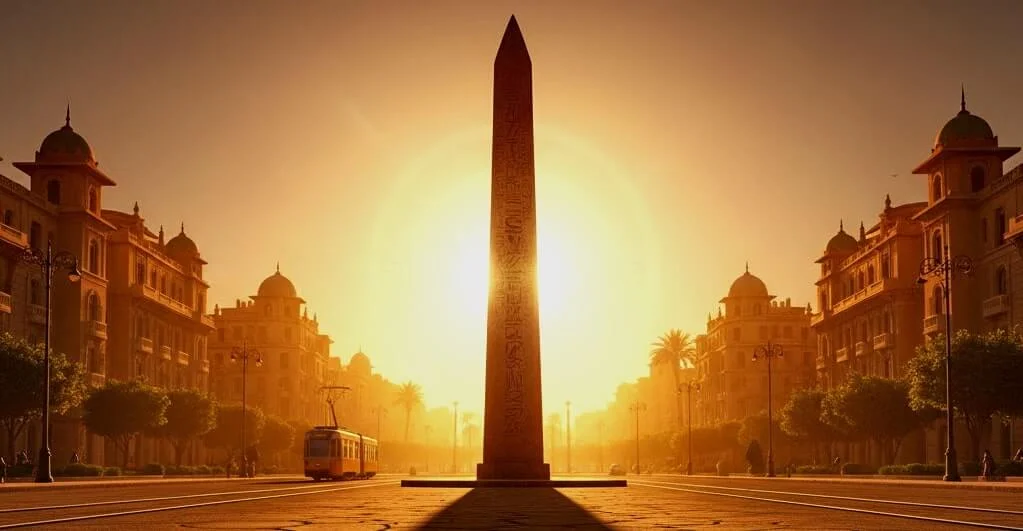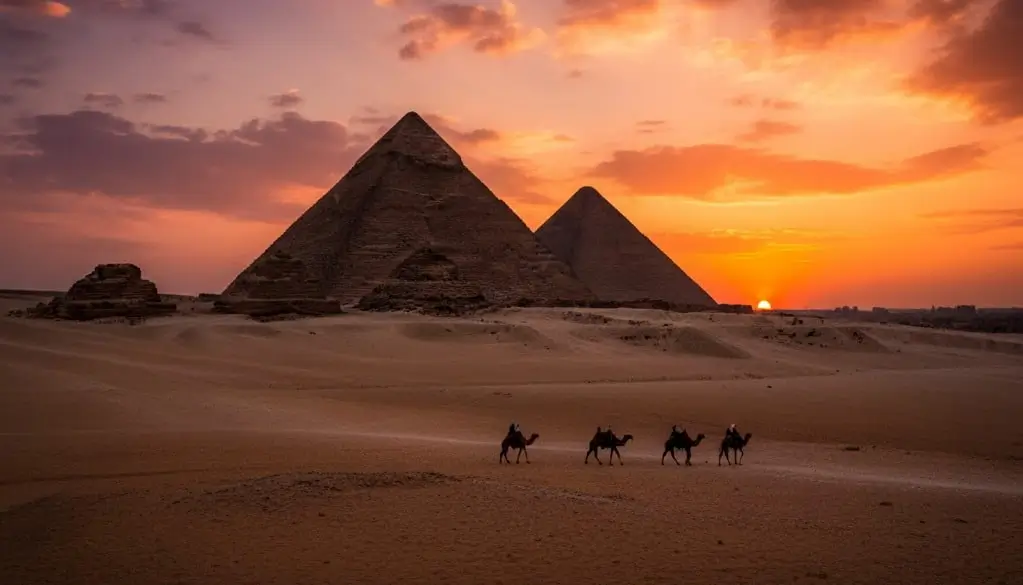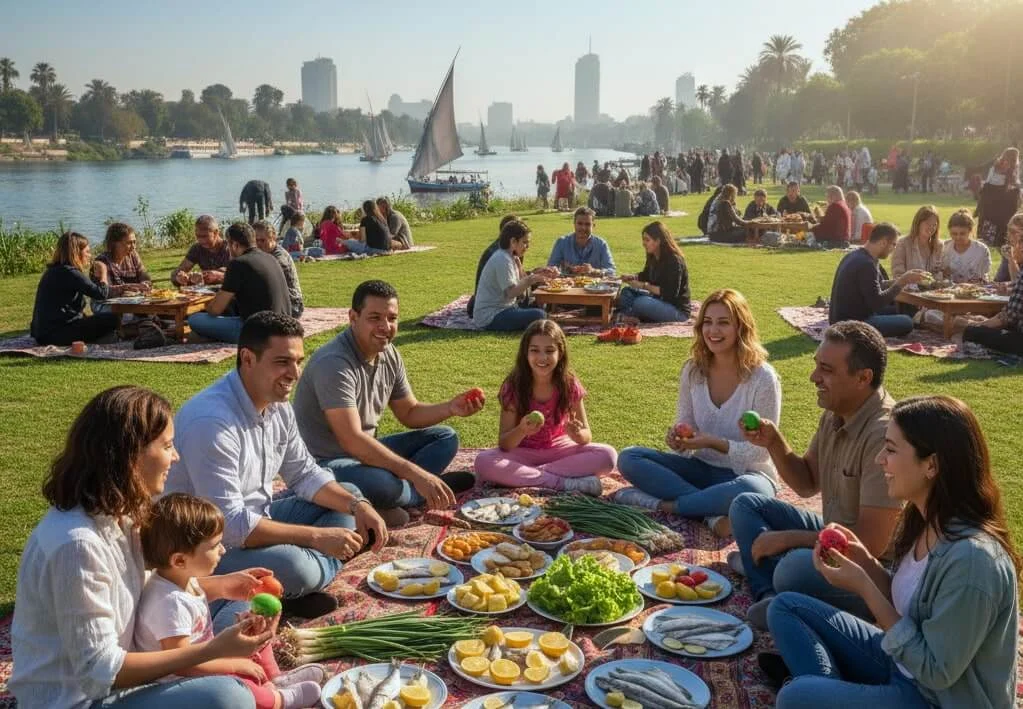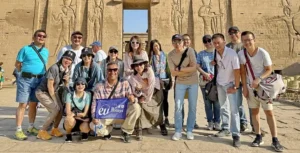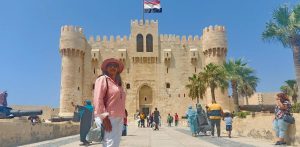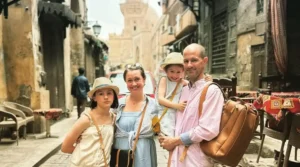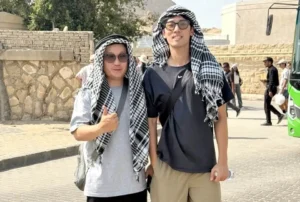On the far southwestern edge of Fayoum’s Lake Qarun, 65 kilometers from the main city, a temple holds a 2,000-year-old secret. This is Qasr Qarun, or the “Palace of Qarun.”
For 364 days of the year, its inner sanctuary sits in complete darkness. But every year on December 21st, a precise astronomical alignment allows a single beam of light to pierce the gloom and illuminate the sacred chamber, just as its Ptolemaic builders intended.



